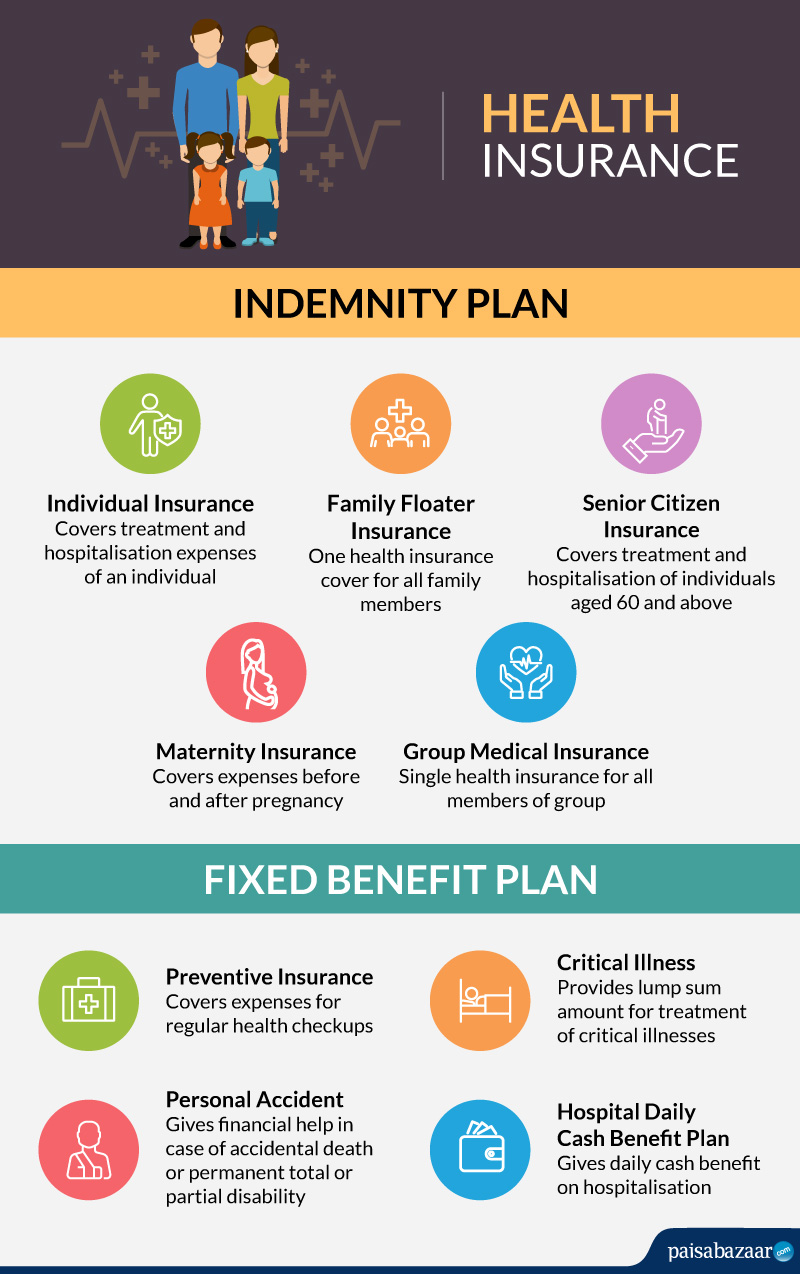10 Easy Facts About Medicare Advantage Agent Shown
Table of ContentsThe Only Guide for Medicare Advantage AgentAbout Medicare Advantage AgentThe smart Trick of Medicare Advantage Agent That Nobody is Talking About

follows from complies with the puzzling young fairly profile of the uninsured with the better health, wellness average, standard younger persons. For those without access to workplace health insurance, inadequate wellness is a possible obstacle to purchasing nongroup protection due to the fact that such insurance coverage may be extremely priced, leave out pre-existing conditions, or be merely unavailable. Unless or else kept in mind, national estimates of individuals without wellness insurance coverage and proportions of the populace with various kinds of protection are based on the CPS, the most commonly made use of resource of price quotes of insurance coverage and uninsurance rates.

Some Known Facts About Medicare Advantage Agent.
Over a three-year duration beginning early in 1993, 72 million individuals, 29 percent of the U.S. population, were without insurance coverage for at the very least one month. Within a solitary year(1994), 53 million individuals experienced at the very least a month without protection(Bennefield, 1998a). 6 out of every ten uninsured adults are themselves used. Functioning does improve the probability that one and one's household members will have insurance coverage, it is not a warranty. Also members of family members with two permanent breadwinner have practically a one-in-ten chance of being without insurance (9.1 percent uninsured rate)(Hoffman and Pohl, 2000 ). The relationship between medical insurance and accessibility to care is well established, as documented later in this chapter. The partnership in between wellness insurance and health outcomes is neither direct neither easy, a substantial professional and health solutions study literary works web links health and wellness insurance policy protection
to improved better to care, better qualityTop quality and improved boosted individual population health status. The 2nd record, on individual health and wellness results for uninsured grownups, is stood for by the inner circle of the number, while the third record, on household wellness, encompasses the topics of the second record but emphasizes a various unit of evaluation, specifically, the family. The sixth report in the series will certainly offer details regarding techniques and efforts embarked on locally, statewide, or across the country to attend to the lack of insurance and its adverse influences. Levels of analysis for checking out the impacts of uninsurance. This discussion of health insurance policy coverage concentrates mainly on the U.S. populace under age 65 since practically all Americans 65 and older have Medicare or other public insurance coverage.
Furthermore, it focuses particularly on those without any kind of medical insurance for any kind of length of time. The issues dealt with by the underinsured are in some respects similar to those faced by the uninsured, although they are usually much less serious. Uninsurance and underinsurance, nevertheless, involve noticeably different policy problems, and the techniques for addressing them may differ. Throughout this research and the 5 reports to comply with, the primary focus is on individuals without medical insurance and hence no help in paying for health and wellness care past what is offered with charity and safeguard establishments. Medical insurance is a powerful element affecting receipt of treatment since both clients and physicians react to the out-of-pocket cost of services. Wellness insurance policy, nevertheless, is neither necessary neither adequate to gain accessibility to medical services. The independent and direct impact of health
insurance insurance policy protection access accessibility health health and wellness solutions well established. Others will certainly obtain the health and wellness care they need also without health and wellness insurance policy, by paying for it expense or seeking it from service providers that offer treatment free or at extremely subsidized rates. For still others, health insurance coverage alone does not guarantee receipt of treatment as a result of other nonfinancial obstacles, such as a lack of health and wellness treatment carriers in their community, restricted access to transportation, illiteracy, or etymological and social differences. Official research about without insurance populaces in the United States dates to the late 1920s and early 1930s when the Board on the Price of Treatment created a collection of records about financing medical professional office sees and hospital stays. This concern became prominent as the varieties of clinically indigent climbed Get More Info up during the Great Depression. Empirical research studies constantly sustain the link in between access to care and improved health and wellness results(Bindman et al., 1995; Starfield, 1995 ). Having a regular resource of treatment can be taken into consideration a forecaster of access, rather than a straight procedure of it, when wellness end results are themselves made use of as access indicators. This extension of the concept of gain access to dimension was made by the IOM Board on Keeping An Eye On Accessibility to Personal Wellness Treatment Solutions(Millman, 1993, p. Whether parents are insured appears to impact whether or not their children obtain treatment along with just how much careeven if the youngsters themselves have coverage(Hanson, 1998). The health of parents can influence their ability to care for their youngsters and the degree of household anxiety. Bothering with their kids's access to care is itself a resource of anxiety for parents. 3 phases comply with in this report. Phase 2 offers an introduction of exactly how employment-based health and wellness insurance coverage, public programs and individual insurance plan operate and communicate to provide extensive yet incomplete coverage of the united state population. This consists of an evaluation of historic trends and public laws influencing both public and personal insurance coverage, a discussion of the communications among the various types of insurance policy, and an assessment of why people relocate from one program to one more or finish up
